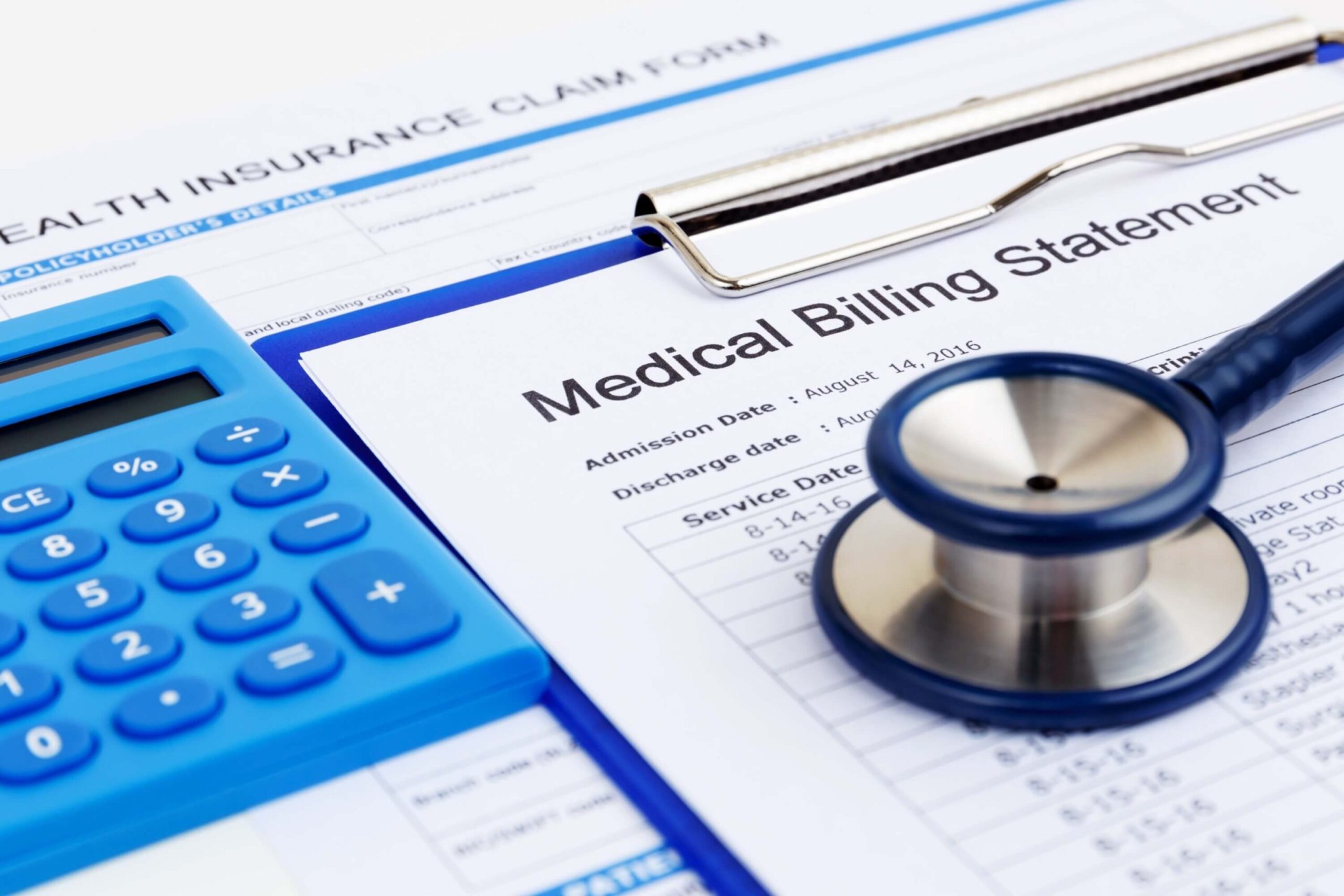Medical bills can quickly accumulate and become overwhelming, leaving many individuals and families feeling trapped by debt. The good news is that filing bankruptcy for medical expenses is possible. Understanding the options and implications can provide a way out for those struggling with these financial burdens.
People often worry about the stigma or consequences of declaring bankruptcy, but it can be a strategic move to regain financial control. By exploring types of bankruptcy, like Chapter 7 and Chapter 13, individuals can determine the best path for their situation. Each option offers a distinct approach to managing and potentially discharging medical debt.
Deciding to declare bankruptcy involves careful consideration of one’s unique financial circumstances. Those burdened by mounting medical expenses should weigh their options and seek guidance. Addressing medical debt through bankruptcy might seem daunting, but it could offer much-needed relief and a fresh start.

Understanding Bankruptcy and Medical Bills
Medical debt can become a significant financial burden for individuals. Bankruptcy provides a legal way to address this issue. Does bankruptcy cover medical costs? Chapter 7 and Chapter 13 are the two main types of bankruptcy that can help with medical bills.
In Chapter 7 bankruptcy, most unsecured debts, including medical bills, may be discharged. This process can be relatively quick, often completed within a few months. However, not everyone qualifies due to income restrictions.
Chapter 13 bankruptcy involves reorganizing debts into a repayment plan lasting three to five years. Medical debts are grouped into this plan, allowing individuals to make manageable payments. This option is suitable for those with regular income who need to protect assets like a home.
Medical debt bankruptcy options generally offer relief by stopping collections and eliminating or reducing debts. Before proceeding, consulting with professionals at DebtPros, known for our comprehensive bankruptcy services, can be beneficial.
Bankruptcy doesn’t directly cover medical costs but helps in managing the outstanding debt. It’s important to understand that each type of bankruptcy has specific criteria and consequences, making professional advice essential for informed decisions.
Navigating the Bankruptcy Filing Process
Filing for bankruptcy due to medical bills involves assessing eligibility and following a structured process. Several key factors determine eligibility, while the filing procedure involves specific steps and requirements.
Eligibility for Bankruptcy due to Medical Expenses
Eligibility for medical debt bankruptcy depends on certain criteria. Firstly, individuals must demonstrate that their medical bills significantly contribute to their financial hardship. They should review their income, debts, and expenses to assess whether filing is a viable option.
Secondly, individuals must choose between Chapter 7 or Chapter 13 bankruptcy. Chapter 7 is typically for those with limited income and assets, potentially discharging medical debts entirely. Chapter 13, however, suits those with a steady income, allowing them to reorganize and pay debts over time.
Lastly, a means test evaluates income against the state’s median level to determine eligibility for Chapter 7. Failing this test might necessitate filing under Chapter 13 instead.
The Step-by-Step Process of Filing for Bankruptcy
Filing begins with gathering essential financial documents, such as income statements, debt listings, and asset inventories. Next, individuals must complete mandatory credit counseling through an approved agency. This step is vital; a certificate of completion is required for filing.
Once ready, a petition is filed with the bankruptcy court. This includes detailed financial disclosures outlining assets, liabilities, income, and expenses. A trustee is appointed to oversee the case and may require additional documentation or meetings.
Subsequently, individuals attend a “341 meeting of creditors,” where they answer questions under oath. Throughout this process, adhering to court orders and maintaining transparency is crucial for a successful filing.
Life After Filing for Bankruptcy
Filing for bankruptcy can be a fresh start, helping to manage overwhelming debt, including medical bills. It reshapes financial futures by addressing common myths and providing actionable steps to rebuild credit effectively.
Clearing Common Misconceptions
Many people believe bankruptcy is a financial dead-end. This isn’t true. It provides a structured path to resolve debts. Bankruptcy only impacts certain types of debt, and medical bills can often be included.
Some worry about long-lasting stigma. While bankruptcy appears on credit reports for up to ten years, it does not permanently prevent access to future loans or credit. Awareness and understanding of these details are pivotal for those facing this financial decision.
Rebuilding Credit Post-Bankruptcy

Rebuilding credit begins immediately after discharge. Steps like obtaining a secured credit card and making consistent, on-time payments are crucial for demonstrating reliability to future lenders.
Monitoring credit reports helps ensure accurate reflection of post-bankruptcy status. Lenders do consider bankruptcies, but showing responsible credit habits can gradually improve scores. Implementing these habits can lead to qualifying for better loan terms over time, despite initial setbacks.
Alternative Solutions and Legal Rights
Exploring debt management and relief options can provide viable alternatives to bankruptcy. Understanding legal protections offered by bankruptcy can also inform financial decisions.
Exploring Debt Management and Relief
We’re here to help in understanding medical debt relief. Individuals facing medical debt have various debt management solutions available. We can help you with structured plans to negotiate and reduce debt over time. These plans can lower interest rates and sometimes consolidate multiple debts into one payment.
Debt relief options are available through credit counseling services, debt settlement programs, and financial education workshops. Each option has its benefits and potential drawbacks, requiring careful consideration of one’s financial situation.
Negotiating with healthcare providers to reduce medical bills or set up payment plans can also alleviate financial burdens. Some nonprofits facilitate this process, making it easier to manage outstanding bills.
Understanding Bankruptcy Protections
Bankruptcy offers legal protections that can temporarily halt collection efforts and even discharge eligible debts, including medical bills. Chapter 7 and Chapter 13 bankruptcies each provide different ways to address debt but involve distinct processes and eligibility criteria.
Chapter 7 bankruptcy may discharge certain debts while selling non-exempt assets. Chapter 13 bankruptcy allows a debtor to create a repayment plan lasting three to five years, potentially offering more protection for property.
Legal rights and protections during bankruptcy ensure that creditors must cease collection actions during the automatic stay period. Consulting with a Chicago bankruptcy attorney can help clarify the complexities and provide personalized guidance.


